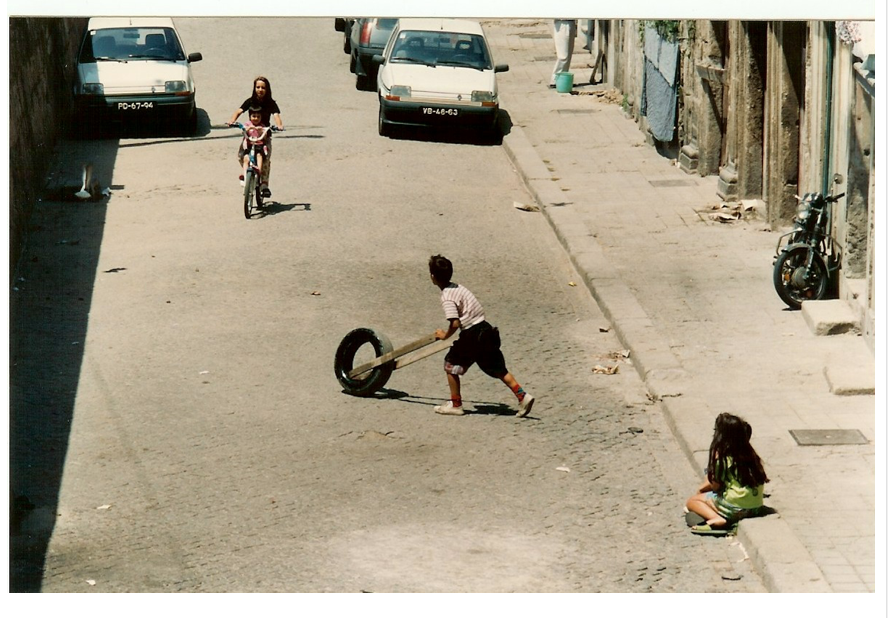Drama Tuesday - Play and Drama
/We are putting on a play! say the excited school students.
Let’s study the play! says the English Literature teacher.
Enter HAMLET and Players in Act 3 Scene II of Shakespeare’s Hamlet. And the test for Claudius set by Hamlet lies in the performance of the players. As Hamlet says:
…the play's the thing
Wherein I'll catch the conscience of the King
The https://idioms.thefreedictionary.com/play+a%2Fyour+part says that to play (one's) part is to do what one should and is expected to do within a group in order to achieve a particular result; to perform one's role.
"Play Your Part" is a song by Canadian singer Deborah Cox.
A “play” is a term in American football.
Wikipedia says: A play is a work of drama, usually consisting mostly of dialogue between characters and intended for theatrical performance rather than just reading. The writer of a play is a playwright.
In the film business, the shooting script is is called a screen play.
Around the world, there are theatres called the Playhouse
And there are many more references to play. Find and share them.
There is a clear link between Play, Drama and Theatre. I would argue that drama and theatre are nested porously within the wider filed of activity that is play.
So much of what we do in drama and theatre calls on our capacity for play, purposeful play. We explore ideas and feelings; we experiment with forms and approaches; we derive pleasure and satisfaction (that old fashioned term: fun).
It is useful to remind ourselves about play.
Defining play is difficult. It has many definitions, characteristics, types and approaches.
The dual nature of play is important to understanding drama. Play and drama are both simultaneously part of life and experience and separated from it. There are rules and conventions but also opportunities and unscripted or improvisational moments. Drama and Play are social. They engage our physical, thinking and emotional capacities.
The connection between play and drama can be powerfully argued.
The Australian Early Years Framework (ELF) Belonging, Being and Becoming, has a specific emphasis on play-based learning. It builds on the United Nations Convention on the Rights of the Child that recognises children’s right to play. Play-based learning is a context for learning through which children organise and make sense of their social worlds, as they engage actively with people, objects and representations.
It can be argued that drama is also a powerful learning medium where we make sense and meaning of our world as we experience it actively engaging with people and roles and representations of our experiences.
In closing I share two images taken a long time ago when I was in Porto, Portugal, July 1992 for the First World Congress on Drama Education (the founding of IDEA, the International Drama/Theatre and Education Association). On a rare afternoon of walking in the city, down by the dock area, I saw kids playing with old tires. The rubbish on the street of abandoned rubber tyres, had been appropriated by these kids and made into play. Two sticks of wood, the rubber tyre, energy and above all imagination to see the possibilities. This sense of play is exhilarating (in what looked like a low socio-economic setting). What looks like simple object play has the capacity to extend into imagination and role.
Play is vital for understanding drama and theatre.
In play we find our capacity for creative improvisation, imagination and exploration of form.
Let’s play more!
The Australian Early Years Framework (ELF) Belonging, Being and Becoming
can be found at https://www.education.gov.au/early-years-learning-framework-0










